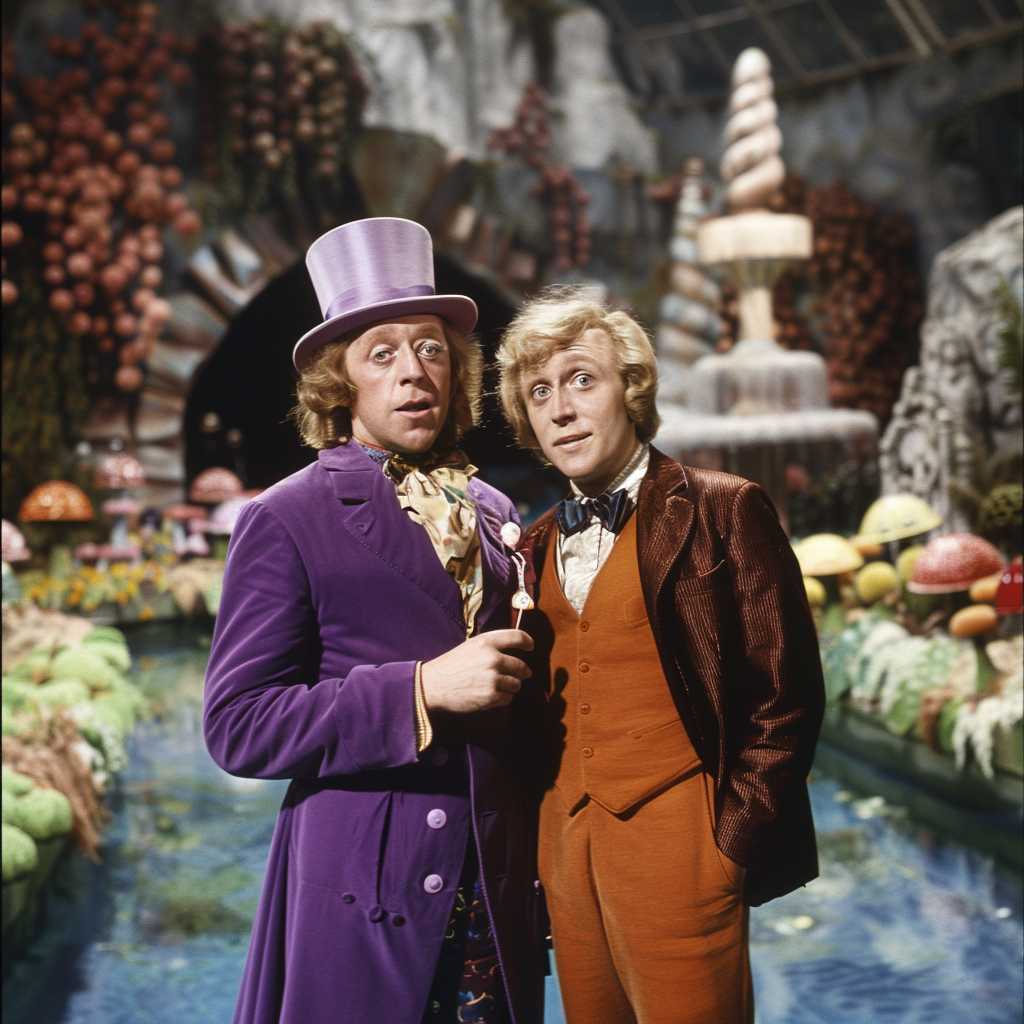The Enduring Legacy of “Willy Wonka and the Chocolate Factory”
“Willy Wonka and the Chocolate Factory” is a film that has captured the imaginations of audiences for decades. Released in 1971, this musical fantasy film was directed by Mel Stuart and is based on the 1964 novel “Charlie and the Chocolate Factory” by Roald Dahl. The film became an indelible part of popular culture thanks to its whimsical story, memorable performances, avant-garde set design, and catchy musical numbers. The enigmatic character of Willy Wonka, brilliantly portrayed by Gene Wilder, stands at its center – a candy-making genius with a penchant for the fantastical.
Adapting a Children’s Classic for the Screen
The journey from page to screen was filled with creative challenges and decisions. Roald Dahl himself penned the initial screenplay with David Seltzer later performing uncredited rewrites to embellish the script with musical numbers composed by Leslie Bricusse and Anthony Newley. While some details varied from the original book to cater to a cinematic experience, the essence of Dahl’s story about five children who win golden tickets to visit the secretive Wonka chocolate factory remained intact.
Vivid Characters and Memorable Performances
The strength of “Willy Wonka and the Chocolate Factory” lies in its characters – from the enigmatic Willy Wonka to each unique child who wins a tour of his factory. Charlie Bucket, the story’s humble hero played by Peter Ostrum, contrasts sharply with the other four ticket winners: the spoiled Veruca Salt, gum-chewing Violet Beauregarde, television addict Mike Teevee, and gluttonous Augustus Gloop. These exaggerated personalities come together under Willy Wonka’s visionary leadership artistically expressed by Gene Wilder’s phenominal performance, on full display during moments such as his sarcastic derision of disobedient visitors or his heartfelt warmth towards Charlie.
Innovative Set Design and Special Effects
For a film made in the early 1970s, “Willy Wonka and the Chocolate Factory” featured incredibly inventive sets ranging from edible gardens to experimental inventing rooms packed with bizarre machinery. The use of practical effects captivated audiences – whether it be showing chocolate rivers or geese that lay golden eggs. Each room within Willy Wonka’s factory served not only as eye candy but also as stages where each character’s arc culminated, often through moral lessons on greed, self-control, honesty, and humility.
Musical Highlights That Still Resonate
Mel Stuart infused his Willy Wonka with a rich musical ethos that left behind toe-tapping melodies like “The Candy Man” and heart-touching numbers like “Pure Imagination.” To this day, these songs epitomize children’s musical cinema and encompass the buoyant hopefulness at the center of an otherwise forewarning tale against moral laxity.
Legacy and Impact on Popular Culture
Decades after its release, “Willy Wonka and the Chocolate Factory” continues to fascinate new generations of viewers. Its portrayal of a fantastical world veiled with a hint of darkness revolutionized children’s cinema by not coddling its young audience. The film has also maintained cultural relevance through memes, references in other media, merchandise, and theatrical adaptations including a 2005 film directed by Tim Burton titled “Charlie and the Chocolate Factory” starring Johnny Depp.
